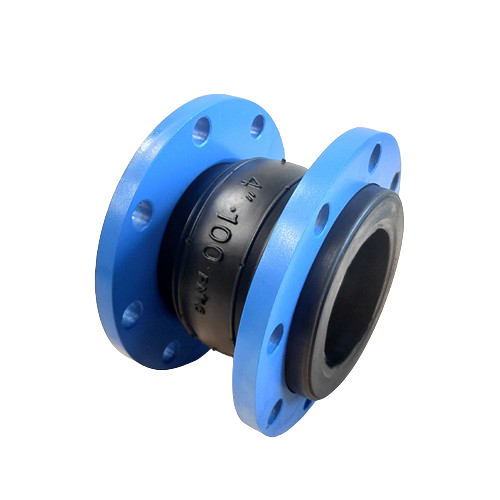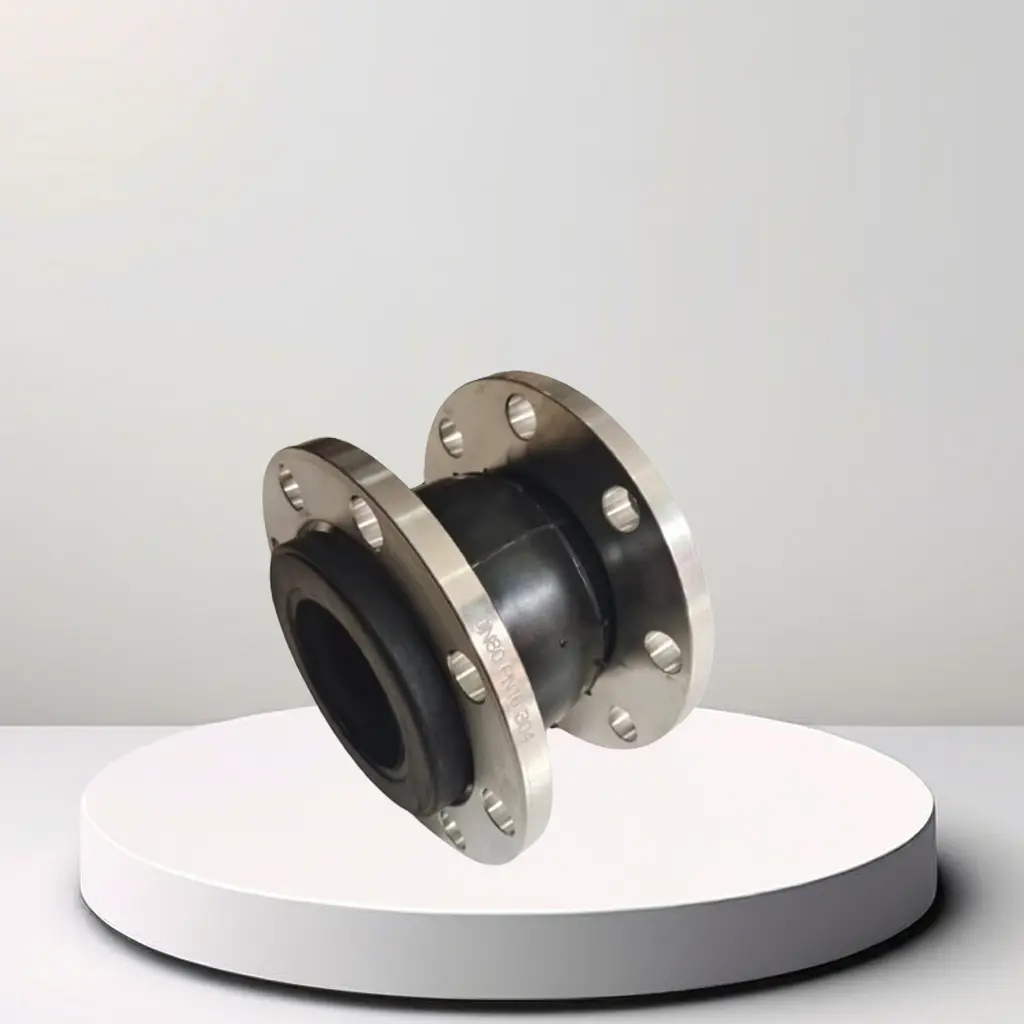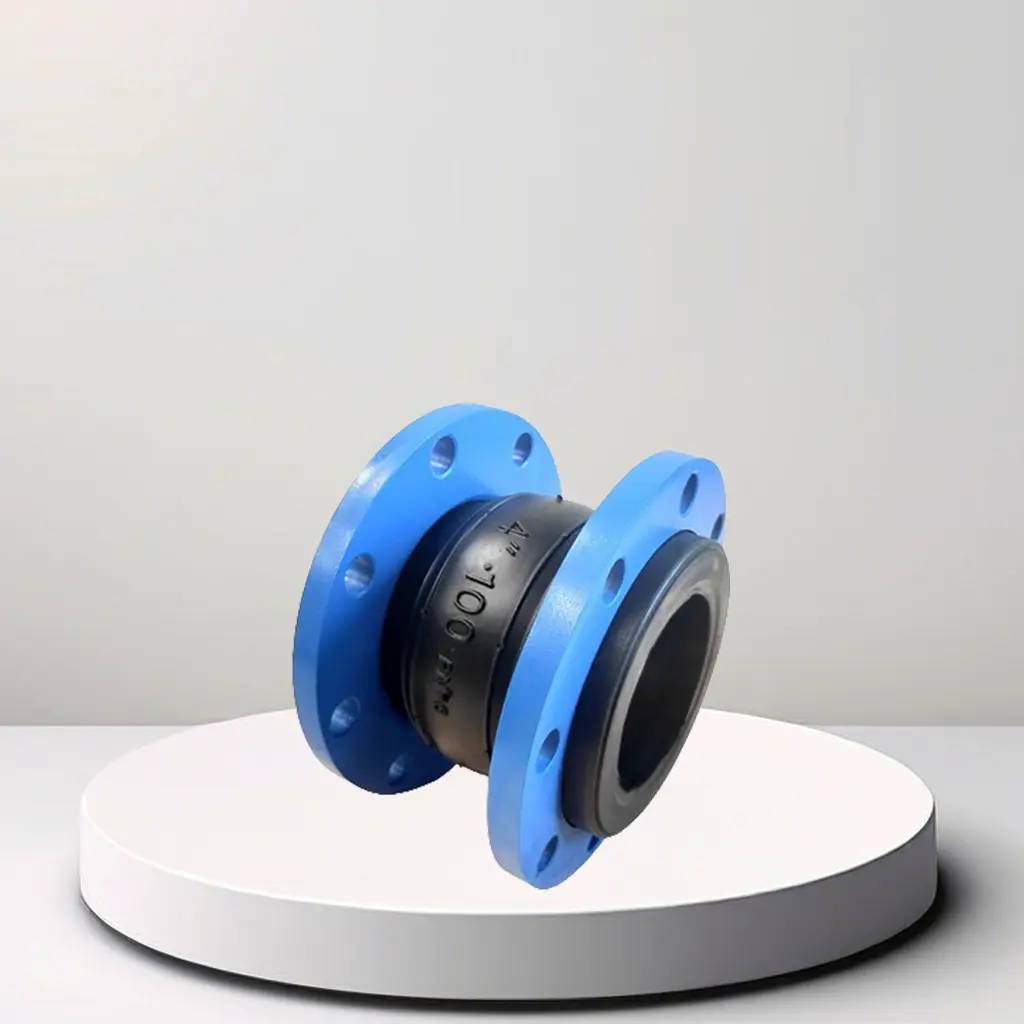Product Description
A Flexible Flange EPDM Rubber Flexible Joint is an essential component in various piping systems, designed to provide flexibility, absorb vibrations, and accommodate movements. Here's a detailed description:
Material and Construction
1. Flanges:
- Material: The flanges are typically made from metal, such as stainless steel or carbon steel, providing a strong and secure connection to the piping system. These flanges are designed to bolt directly to the pipeline, ensuring a tight and leak-proof seal.
- Design: The flanges are precision-engineered to fit the rubber joint perfectly, ensuring optimal performance and durability.
2. EPDM Rubber:
- Material: The joint is made from EPDM (Ethylene Propylene Diene Monomer) rubber, known for its excellent resistance to heat, ozone, UV radiation, and weathering. EPDM rubber is also resistant to a wide range of chemicals and can operate in a broad temperature range.
- Construction: The rubber joint is often reinforced with fabric or metal to enhance its strength and durability, allowing it to withstand high pressures and mechanical stresses.
Functionality
- Flexibility: The EPDM rubber joint provides significant flexibility, allowing the piping system to accommodate thermal expansion and contraction, mechanical vibrations, and slight misalignments. This flexibility helps prevent damage to the piping and connected equipment.
- Vibration Absorption: By absorbing and dampening vibrations, the rubber joint reduces noise and protects the system from mechanical stresses that could lead to fatigue and failure.
- Movement Accommodation: The joint can handle axial, lateral, and angular movements, ensuring the integrity and longevity of the piping system even under dynamic conditions.
Applications
- Water Treatment: Used in water treatment plants to manage the expansion and contraction of pipes and to absorb vibrations from pumps and other equipment.
- HVAC Systems: Commonly used in heating, ventilation, and air conditioning systems to reduce noise and accommodate thermal movements.
- Industrial Processes: Employed in various industrial applications where flexibility and durability are required, such as chemical processing, power plants, and oil and gas pipelines.
- Marine and Shipbuilding: Used in marine applications to handle the movements and vibrations of ship piping systems.
Advantages
- Durability: The combination of metal flanges and EPDM rubber ensures a long service life with minimal maintenance. EPDM rubber's resistance to aging, weathering, and chemicals enhances the joint's durability.
- Corrosion Resistance: EPDM rubber is highly resistant to oxidation and ozone, ensuring that the joint remains effective in harsh environmental conditions.
- Ease of Installation: The flanged design allows for easy installation and removal, facilitating maintenance and system upgrades.
- Cost-Effective: By reducing the need for frequent maintenance and repairs, the flexible joint offers a cost-effective solution for managing pipeline movements and vibrations.
Summary
The Flexible Flange EPDM Rubber Flexible Joint is a versatile and reliable solution for enhancing the flexibility and durability of piping systems. Its robust construction, featuring metal flanges and EPDM rubber, provides excellent resistance to environmental and chemical stresses. This joint is essential in various industries, including water treatment, HVAC, industrial processes, and marine applications, ensuring the efficient and safe operation of piping systems by accommodating movements, absorbing vibrations, and reducing stress.


